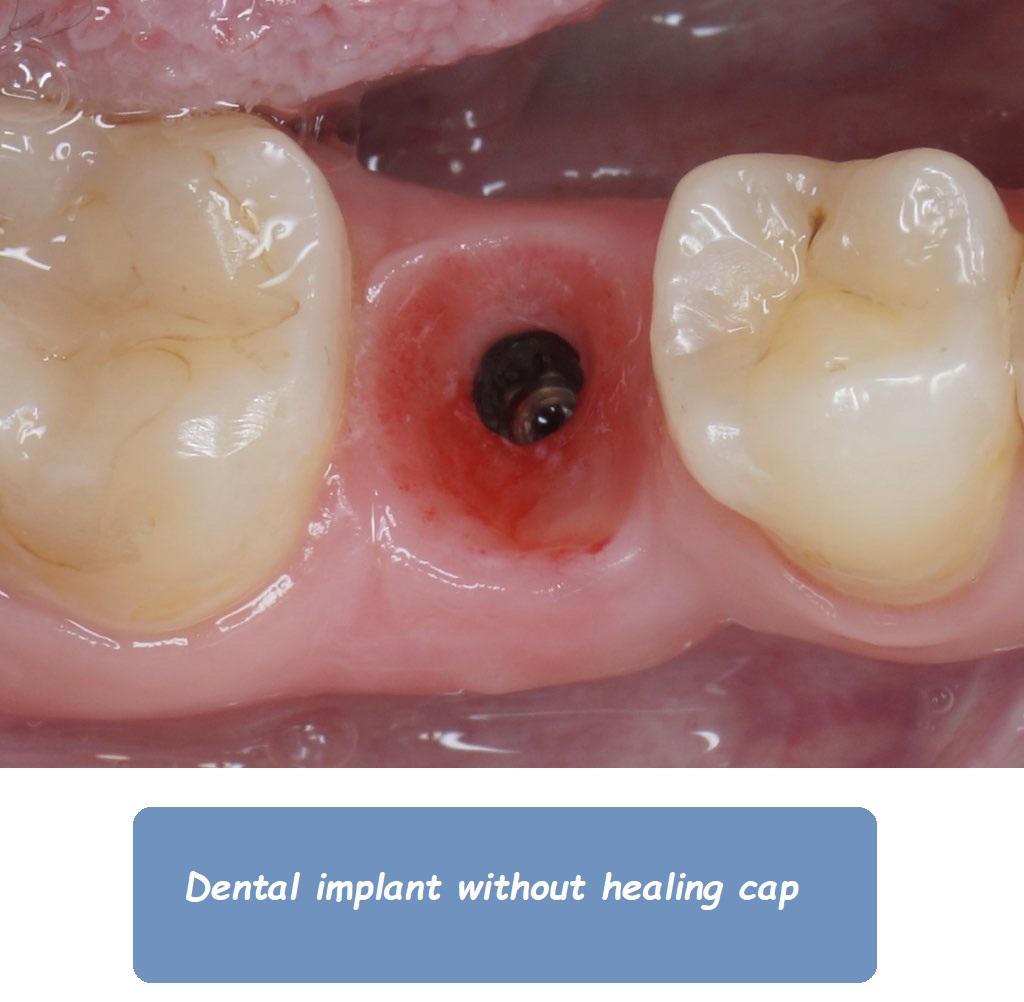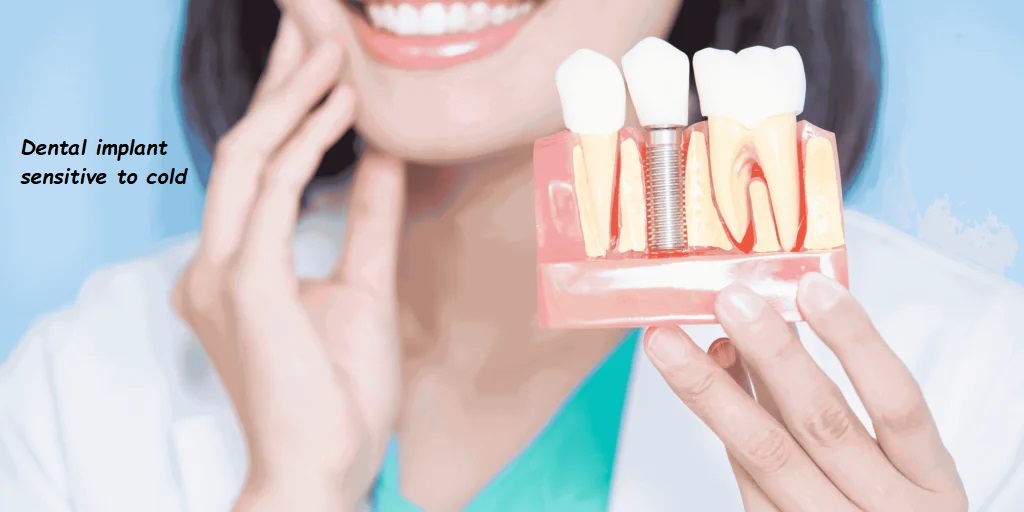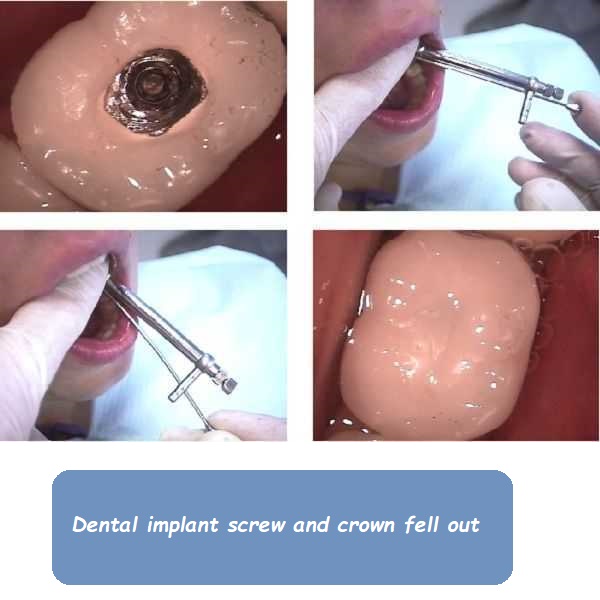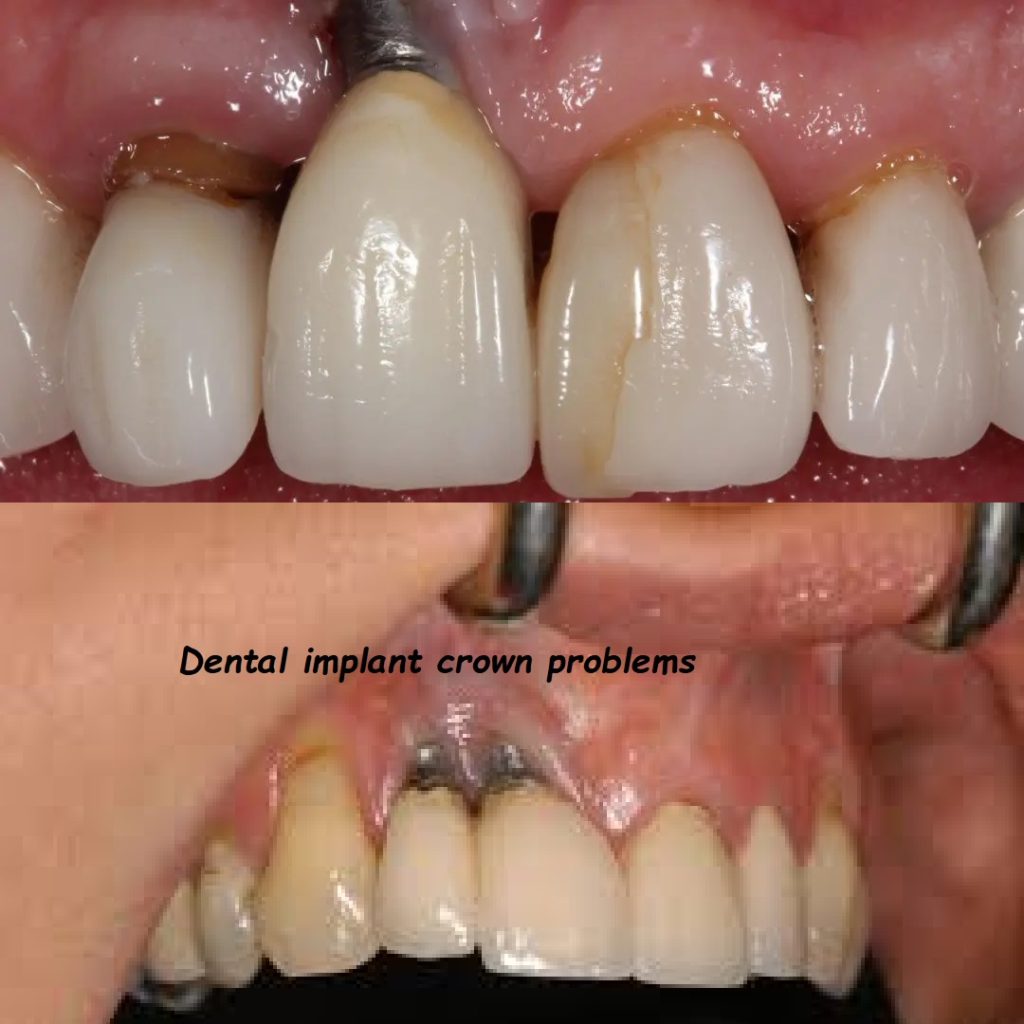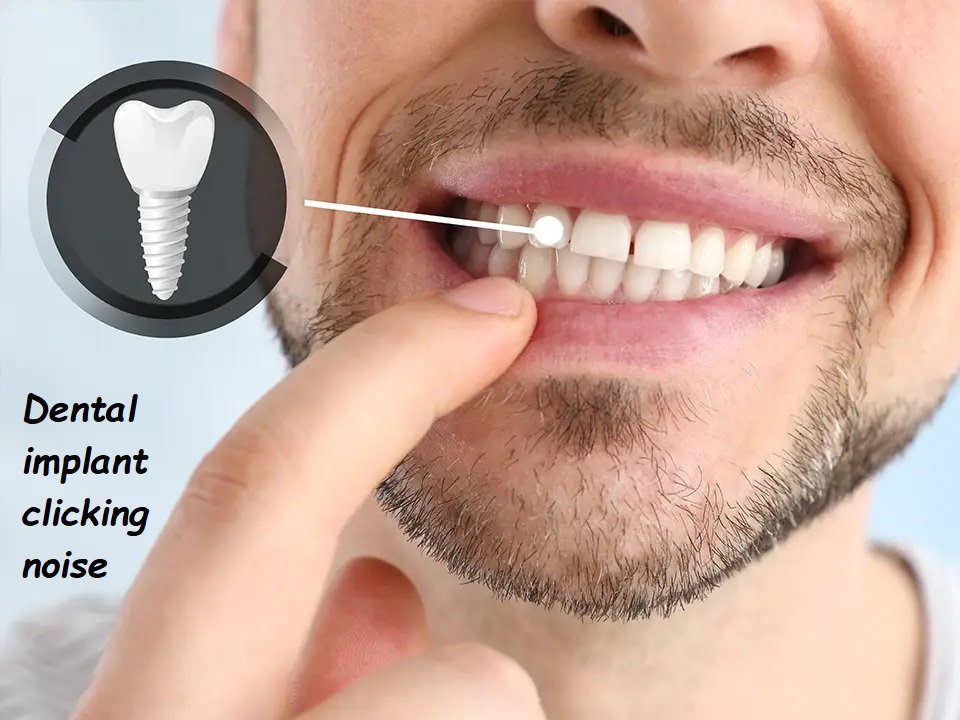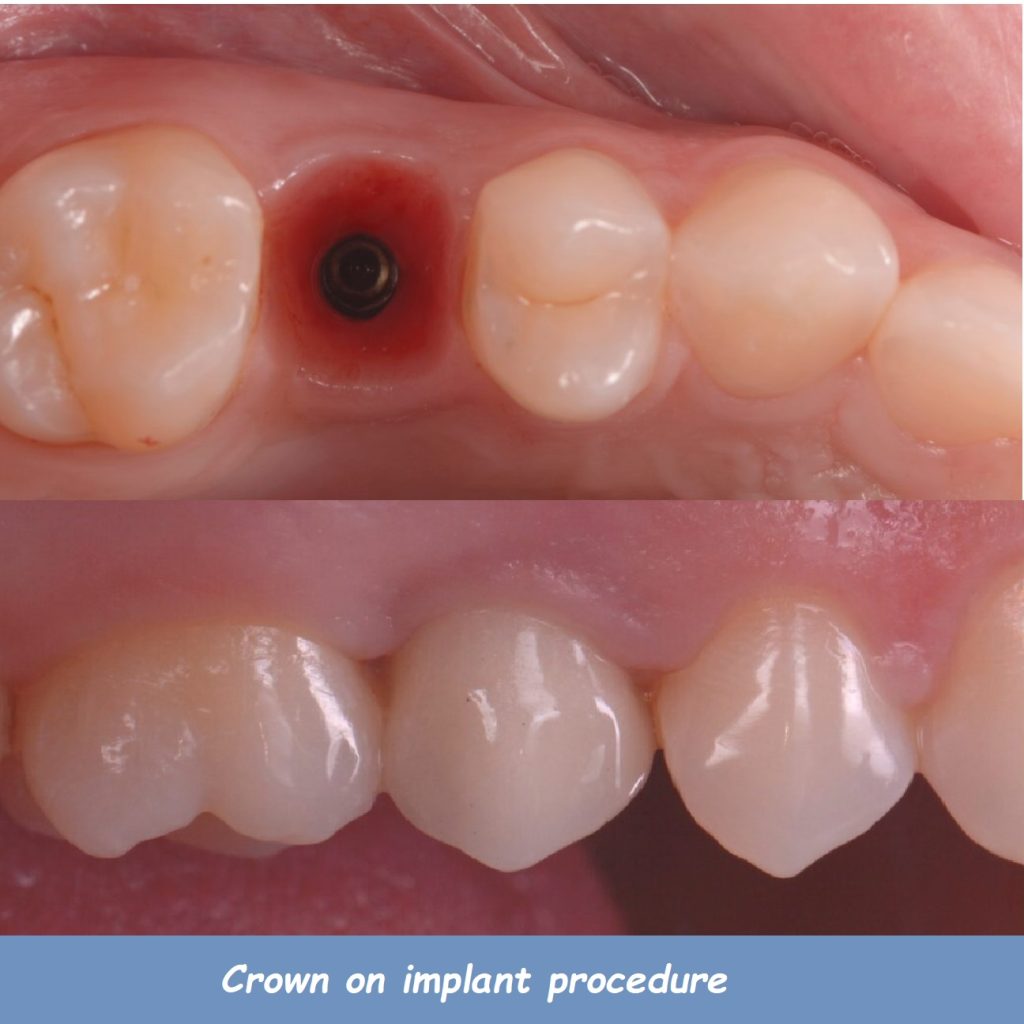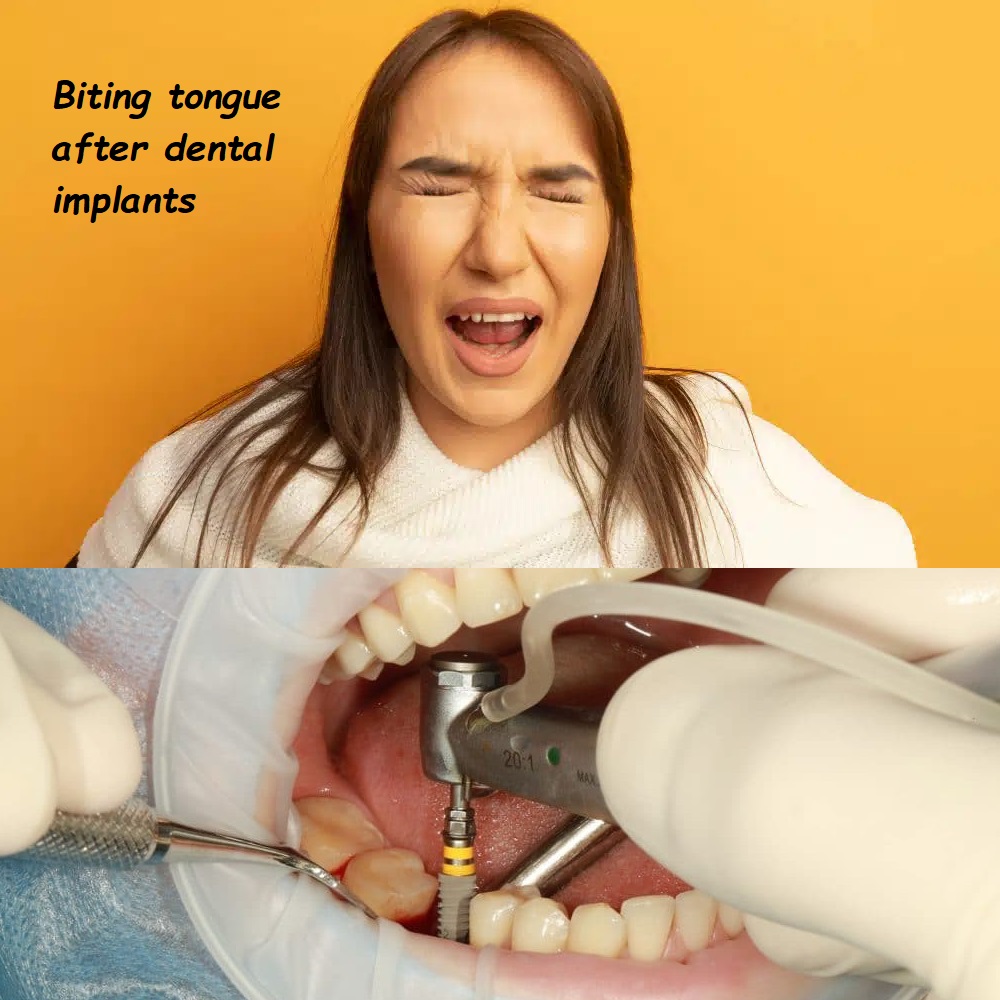Tooth implant healing cap
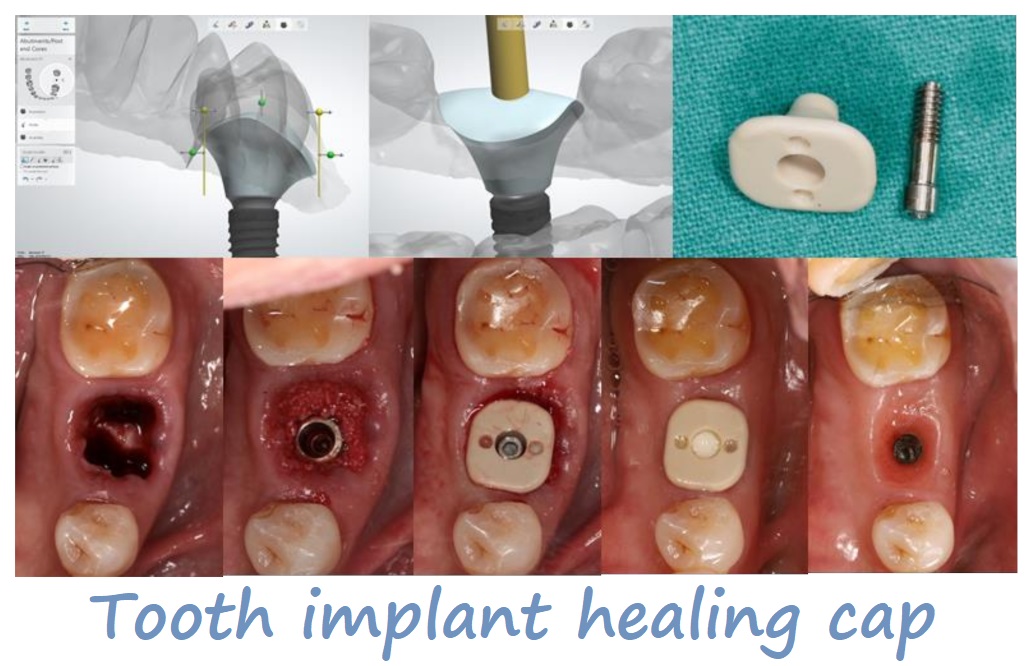
Introduction: The Unsung Hero of Dental Implants
Have you ever wondered about the tiny components that make dental implants successful? One such crucial element is the tooth implant healing cap. This small but mighty part plays a vital role in ensuring your implant procedure is a success. In this guide, we’ll explore everything you need to know about tooth implant healing caps—from what they are and their benefits to the procedure, care tips, and more. Let’s dive into the world of healing caps and understand how they contribute to your perfect smile.
What Is a Tooth Implant Healing Cap?
A tooth implant healing cap, also known as a healing abutment or healing collar, is a small device placed over a dental implant during the healing phase. Its primary purpose is to protect the implant site, promote proper gum healing, and shape the gum tissue for the future placement of the crown or bridge.
How Does It Work?
The healing cap is screwed onto the top of the dental implant after it has been placed in the jawbone. It serves as a placeholder, keeping the implant site secure and preventing gum tissue from growing over the implant. This ensures that when it’s time to place the permanent abutment and crown, the site is easily accessible.
Benefits of Using a Healing Cap
You might wonder why a healing cap is necessary. Here are some of the key benefits:
1. Protection
The healing cap protects the implant site from food particles, bacteria, and other debris, reducing the risk of infection and promoting better healing.
2. Gum Shaping
It helps shape the gum tissue around the implant, ensuring a natural-looking contour that matches the rest of your teeth.
3. Stability
Healing caps provide stability to the implant during the crucial healing phase, ensuring it stays in place and integrates properly with the jawbone.
4. Ease of Access
When it’s time to place the permanent crown or bridge, the healing cap makes the process easier by keeping the implant site clear and accessible.
The Healing Cap Procedure
Wondering what to expect during the placement of a tooth implant healing cap? Here’s a step-by-step breakdown:
1. Initial Consultation
Your journey begins with a consultation with your dentist or oral surgeon. During this visit, they’ll evaluate your dental health, take X-rays, and determine if you’re a suitable candidate for a dental implant.
2. Implant Placement
The dental implant is surgically placed into your jawbone. This procedure is usually performed under local anesthesia to minimize discomfort.
3. Healing Period
After the implant is placed, there is a healing period of several months where the implant integrates with the jawbone. During this time, a temporary healing cap is placed over the implant.
4. Healing Cap Placement
Once the implant has integrated with the jawbone, your dentist will place a healing cap over the implant. This is usually done under local anesthesia and is a quick and straightforward procedure.
5. Final Abutment and Crown Placement
After the gum tissue has healed and shaped around the healing cap, it’s time to place the final abutment and crown. The healing cap is removed, and the permanent components are secured in place.
Caring for Your Healing Cap
Proper care is essential to ensure the success of your dental implant. Here are some tips for taking care of your healing cap:
Oral Hygiene
- Gentle Brushing: Brush your teeth gently, especially around the implant site, to avoid disturbing the healing cap.
- Rinsing: Use a saltwater rinse or an antibacterial mouthwash to keep the area clean and reduce the risk of infection.
- Flossing: Floss carefully around the implant site to remove any food particles and prevent plaque buildup.
Diet
- Soft Foods: Stick to soft foods for the first few days after the healing cap placement. Avoid hard, sticky, or crunchy foods that could disturb the cap.
- Hydration: Drink plenty of water to stay hydrated and support healing.
Avoiding Irritation
- No Smoking: Smoking can impede healing and increase the risk of complications. Avoid smoking during the healing period.
- Minimize Chewing: Try to chew on the opposite side of your mouth to avoid putting pressure on the healing cap.
Potential Risks and Complications
While tooth implant healing caps are generally safe, there are potential risks and complications to be aware of:
Infection
Infection at the implant site is a possible complication. Maintaining proper oral hygiene and following your dentist’s aftercare instructions are crucial to minimizing this risk.
Discomfort
Some discomfort and swelling are normal after the procedure. However, if you experience severe pain or prolonged discomfort, contact your dentist.
Healing Cap Loosening
In rare cases, the healing cap may become loose. If this happens, contact your dentist immediately to have it adjusted or replaced.
Who Is a Candidate for a Tooth Implant Healing Cap?
Most people undergoing dental implant procedures will need a healing cap. Ideal candidates should have:
Good Oral Health
Healthy gums and good overall dental health are essential for successful implant placement.
Adequate Bone Density
Sufficient bone density in the jaw is necessary for the implant to integrate properly. If you have significant bone loss, a bone graft may be necessary before implant placement.
Non-Smokers
Smoking can interfere with the healing process and increase the risk of complications. Non-smokers generally have better outcomes with dental implants.
Alternatives to Healing Caps
If a healing cap isn’t suitable for you, there are alternative options to consider:
Healing Abutments
Healing abutments are similar to healing caps but are slightly taller and help shape the gum tissue more effectively.
Immediate Loading Implants
In some cases, immediate loading implants can be placed and loaded with a temporary crown on the same day as the extraction. This approach provides immediate function and aesthetics.
Cost of Tooth Implant Healing Caps
The cost of tooth implant healing caps can vary based on several factors, including:
Geographic Location
Prices can differ depending on where you live. Urban areas may have higher costs compared to rural regions.
Dentist’s Experience
Highly experienced dentists or oral surgeons may charge more for their services. However, their expertise can significantly impact the success of the procedure.
Additional Procedures
Additional treatments, such as bone grafting or sinus lifts, can add to the overall cost. Your dentist will provide a detailed cost estimate during your consultation.
Insurance and Financing Options
Dental insurance may cover a portion of the cost of tooth implant healing caps, but this varies by plan. It’s essential to check with your insurance provider to understand your coverage. Additionally, many dental offices offer financing options to make the procedure more affordable.
Real-Life Success Stories
Lisa’s Smooth Transition
Lisa, a 40-year-old accountant, lost a molar due to severe decay. Her dentist recommended a dental implant with a healing cap. The healing cap protected the implant site and shaped her gums perfectly. When it was time to place the permanent crown, the process was smooth, and Lisa was thrilled with her new, natural-looking tooth.
Mark’s Journey to a Perfect Smile
Mark, a 55-year-old engineer, needed a dental implant for a missing front tooth. He was concerned about the healing process but found the healing cap to be comfortable and effective. Mark followed his dentist’s care instructions and experienced minimal discomfort. His new implant looks and feels just like a natural tooth.
FAQs About Tooth Implant Healing Caps
1. How long do healing caps stay in place?
Healing caps typically stay in place for several weeks to a few months, depending on the healing process and your dentist’s recommendation.
2. Is the healing cap procedure painful?
The procedure is usually performed under local anesthesia, minimizing discomfort. Post-procedure pain can be managed with prescribed medications.
3. How do I know if my healing cap is loose?
If your healing cap feels loose or you notice increased discomfort, contact your dentist immediately. They can assess the situation and make any necessary adjustments.
4. Can I eat normally with a healing cap?
You should stick to soft foods for the first few days after the healing cap placement. Gradually reintroduce harder foods as the site heals and with your dentist’s approval.
5. Will my insurance cover the cost of a healing cap?
Coverage varies by insurance plan. Check with your provider to understand your benefits. Many dental offices also offer financing options to make the procedure more affordable.
6. How do I care for my healing cap?
Caring for your healing cap involves gentle brushing, rinsing with saltwater or antibacterial mouthwash, and avoiding hard, sticky, or crunchy foods. Follow your dentist’s specific care instructions for the best results.
7. What should I do if my healing cap falls off?
If your healing cap falls off, contact your dentist immediately. They will advise you on the next steps and may schedule an appointment to replace the cap.
8. Are healing caps necessary for all dental implants?
Most dental implants require a healing cap to protect the site and shape the gum tissue. However, your dentist will determine the best approach based on your specific situation.
Conclusion: The Foundation of a Successful Dental Implant
Tooth implant healing caps are essential components in the dental implant process. They protect the implant site, shape the gum tissue, and ensure a smooth transition to the permanent crown or bridge. Understanding the role of healing caps and following proper care instructions can significantly enhance the success of your dental implant procedure.
If you’re considering a dental implant, consult with a qualified dentist to discuss the benefits and importance of healing caps. With the right care and expertise, healing caps can pave the way for a beautiful, functional smile.


